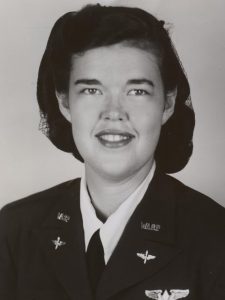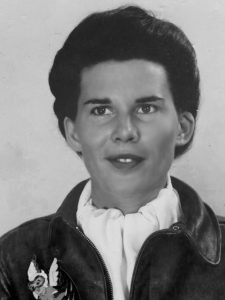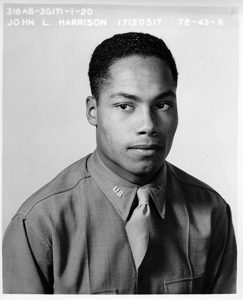Heroic women these intrepid civilian volunteers piloted aircraft in dangerous aerial gunnery practice and more!
Laredo Army Air Field 100 miles downriver from Eagle Pass, Texas, had an aerial gunnery school and a ground gunnery range. At the Laredo field the WASP helped train pilots in the same tow-target practice as these women did at Eagle Pass Army Airfield 1943-1945.
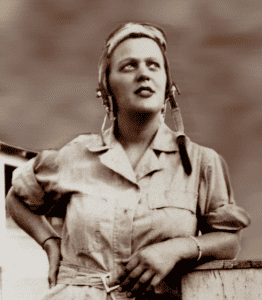 WASP Anne Noggle in her 1990 memoir: For God, Country and the Thrill of It, described the Eagle Pass base as a P-40 aerial gunnery squadron with few women tow pilots. “By 1945 all such tow target operations were at Eagle Pass, however.” A WASP flew the single-engine AT-6, “while in the rear cockpit a crew member released the canvas banner on its cable that presented the target to” a male pilot in a P-40, firing a .30 caliber machine gun. He made a pass at the target, firing at a 45-degree angle and on the ground, the bullet holes in the banner were counted up.
WASP Anne Noggle in her 1990 memoir: For God, Country and the Thrill of It, described the Eagle Pass base as a P-40 aerial gunnery squadron with few women tow pilots. “By 1945 all such tow target operations were at Eagle Pass, however.” A WASP flew the single-engine AT-6, “while in the rear cockpit a crew member released the canvas banner on its cable that presented the target to” a male pilot in a P-40, firing a .30 caliber machine gun. He made a pass at the target, firing at a 45-degree angle and on the ground, the bullet holes in the banner were counted up.
One of the administrative duties of the WASP was to teach pilots instrument flying “under the hood” on Link trainers in simulated conditions. At least 25 hours of practice or even up to 50 hours were required to master flying by instruments. And of note here: a group of the WASP were stationed at Foster Field in Victoria, Texas, 30 miles inland from the Gulf of Mexico. When the 201 were piloting the Curtiss P-40 in aerial gunnery practice, the WASP flew the tow-target planes. They also taught English to any of the Mexican Expeditionary Air Force – the “Aztec Eagles”- in need of proficiency. When the Mexican airmen went to Pocatello, Idaho, for P- 47 training, a WASP contingent were serving there just as WASP had on the Texas-Mexico border at Army air fields of Eagle Pass and Laredo.
Remains of this Army Air Corps field at Eagle Pass told quite a story in 2003 when writer and cultural historian Cynthia Buchanan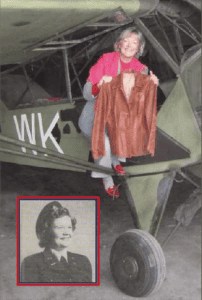 visited the lonely site. “The barracks were overgrown with mesquite and huisache as I drove by the concrete sentry box. The immense hangar, though, was intact, ghostly sunlight filtering through a broken window and sparrows darting about like an echo of warbirds once sheltered by this rather awesome facility.” In her article and curriculum “MEXICAN FLYBOYS of WWII: AMERICAS BROTHERS” (Part One) Buchanan tells the story of this Squadron 201, part of 58th Fighter Group in the U.S. Army Air Forces, the only moment in history Mexico was ever allies with the United States.
visited the lonely site. “The barracks were overgrown with mesquite and huisache as I drove by the concrete sentry box. The immense hangar, though, was intact, ghostly sunlight filtering through a broken window and sparrows darting about like an echo of warbirds once sheltered by this rather awesome facility.” In her article and curriculum “MEXICAN FLYBOYS of WWII: AMERICAS BROTHERS” (Part One) Buchanan tells the story of this Squadron 201, part of 58th Fighter Group in the U.S. Army Air Forces, the only moment in history Mexico was ever allies with the United States.
Learn more about “Aztec Eagles” at www.azteceagles.net
And purchase great teaching materials at TeachersPayTeachers.com
2010: Uvalde Aviation Museum (Texas) Writer Cynthia Buchanan holds WWII leather bomber jacket of WASP test pilot Mary J. Ceyanes Wagner (Mary Hinkley Wagner) of Crystal City, Texas. (WASP mascot, Fifinella, patch on jacket’s left)



